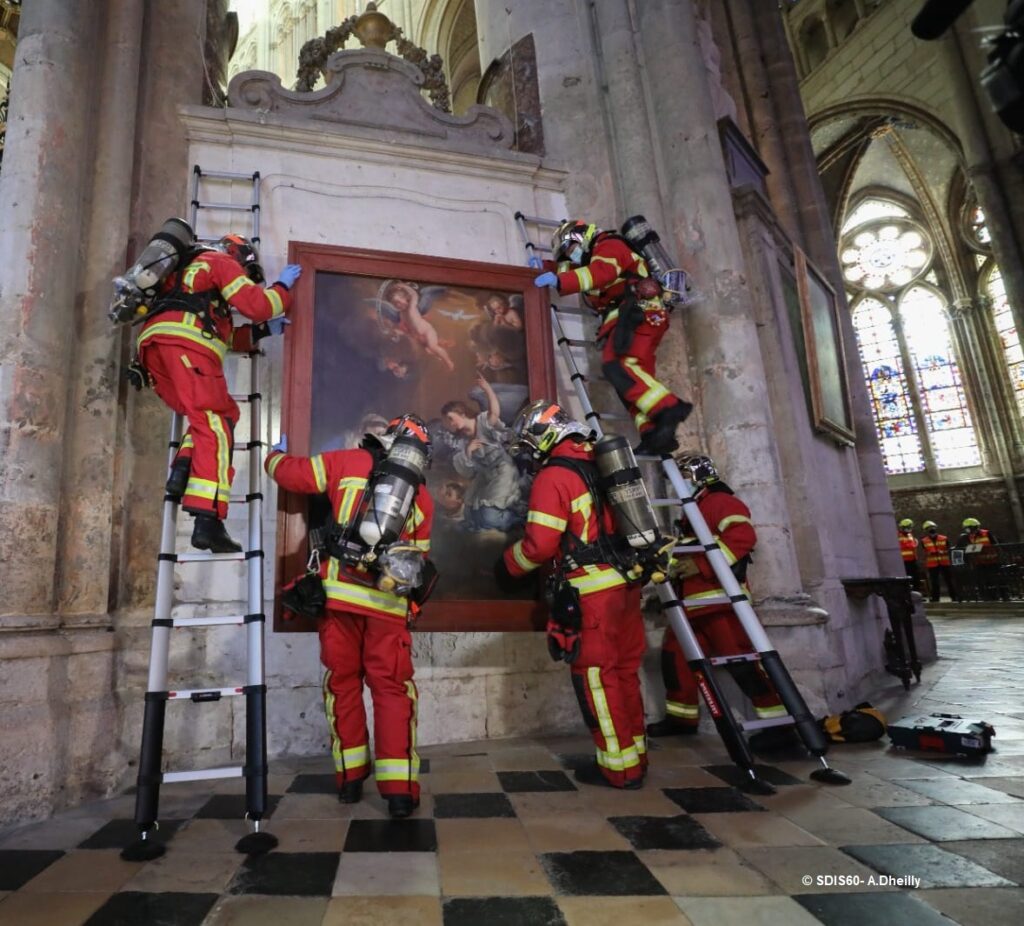
Building on the success of the first two PROCULTHER-NET Technical Bulletins, published in March and June 2023, last April the PROCULTHER-NET 2 project launched a call for contributions for collecting proposals for the two editions planned for 2024. The third issue was released in July, while the main features of the recently published fourth issue are outlined here.
The December 2024 edition of the PROCULTHER-NET Technical Bulletin features a curated selection of contributions from experts in disaster risk management, cultural heritage authorities, Ministries, universities, specialized research institutes, and the military sector. With a focus on the stakes at international and European level, and with the aim of sharing cutting-edge knowledge on cultural heritage at risk, these Technical Bulletins approach the topic in a transversal and interdisciplinary manner, fostering dialogue among experts from the earliest stages of prevention and preparedness, to ensure systematic and more effective response strategies in the field.
This issue – whose foreword is signed by Krista Pikkat, Director of Culture and Emergencies Entity, Culture Sector, UNESCO – is involving a growing number of experts from the UCPM States and beyond. Among the countries participating in the initiative, alongside the Consortium partners from France, Italy, Germany, Portugal, Spain, and Türkiye, the publication includes authors from Switzerland, as well as reviewers from Albania, Austria, Hungary, and the United Kingdom.
The PREVENTION section opens this edition with an article from the Turkish Disaster and Emergency Management Presidency (AFAD) which provides a blueprint on how cultural heritage can be directly embedded into Disaster Risk Reduction Plans, at national and regional levels, thus laying the foundations for an integrated approach. The PREPAREDNESS section includes good practices aimed at enabling and strengthening operational capacities. Articles in this section deal with issues such as building a robust IT infrastructure to support response missions, with an example from the German Archaeological Institute (DAI), and the importance of developing strong cooperation and common strategies between all the actors involved. Testing capacities and processes within a realistic scenario can be seen as the result of effective preparedness activities. Thissection thus brings us two valuable illustrations of the central role of exercises to ensure the operability of disaster planning and management. Within the broader context of the protection of cultural heritage in Switzerland, the first article focuses on concrete applications in the City of Geneva, and more particularly on an exercise conducted in March 2024 at the Bibliothèque de Genève. The second article by the Italian Civil Protection Department presents the two exercise phases organized in Italy at the Campi Flegrei site, to face the bradyseism phenomenon and volcanic risk. Both articles emphasize the importance of cross-sectoral cooperation in emergencies, providing examples of exercises where various actors are involved in the protection of cultural heritage. In the RESPONSE section, experiences from the earthquake that struck central Italy in 2016 are presented through two parallel contributions. The first is the final part of the article dealing with the debris of cultural interest that was presented by the Italian Ministry of Culture in the third Technical Bulletin: using examples from the 2016 earthquake in Central Italy, the article followed the different steps of debris management, starting from emergency break out to storage and restoration. The other contribution from Italy explores the expertise developed by the National Fire and Rescue Service in stabilizing and shoring up damaged, at-risk buildings, highlighting their role in protecting cultural heritage during emergencies.
In this edition, the FOCUS ON section deals mostly with remote sensing, concentrating on two complementary case studies from Italy and Germany, exploring how these technologies can assist in protecting cultural heritage sites through different phases of the Disaster Risk Management Cycle, from monitoring to assisting in response operations. Finally, on this 70th anniversary year of the 1954 Hague Convention, an article from the French Délégation au patrimoine de l’armée de Terre and the Centre for Research and Restoration of Musées de France focuses on the interdisciplinary dialogue between military and civilian organisations.
There is always time to contribute to the growth of the thematic community proposed by PROCULTHER-NET and to intensify the knowledge transfer processes it promotes. On January 2025, PROCULTHER-NET will share the call for contributions and the template for concept notes for the pre-selection of the articles to be published in the 2025 editions.
Follow #ProcultherNet or visit our new webpage to find out how to propose your contribution and actively participate in the thematic community within the Union Civil Protection Knowledge Network !
Download the PROCULTHER-NET 2 Project Technical Bulletin N. 4, December 2024






